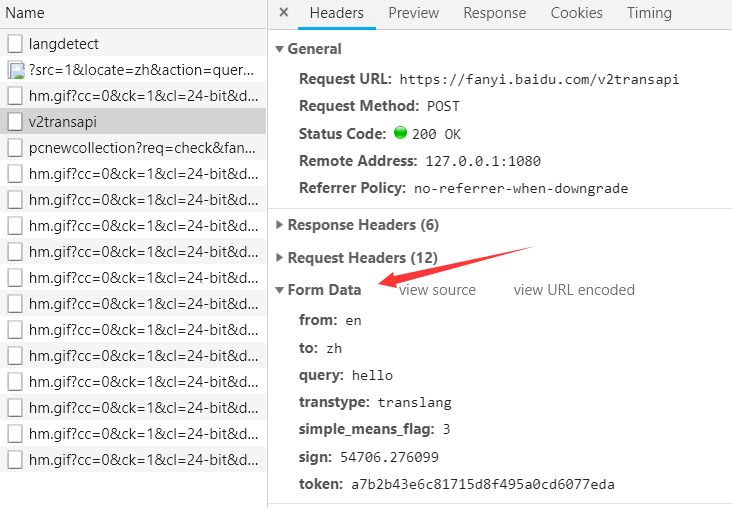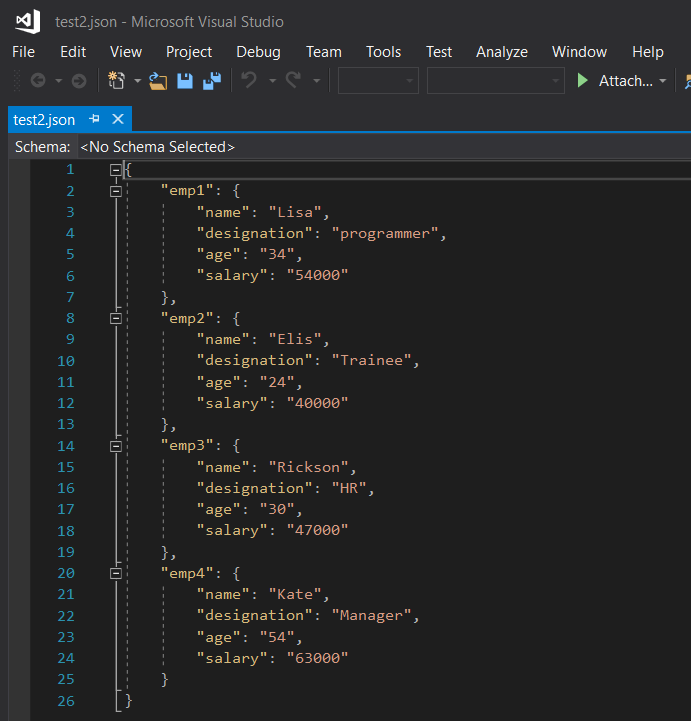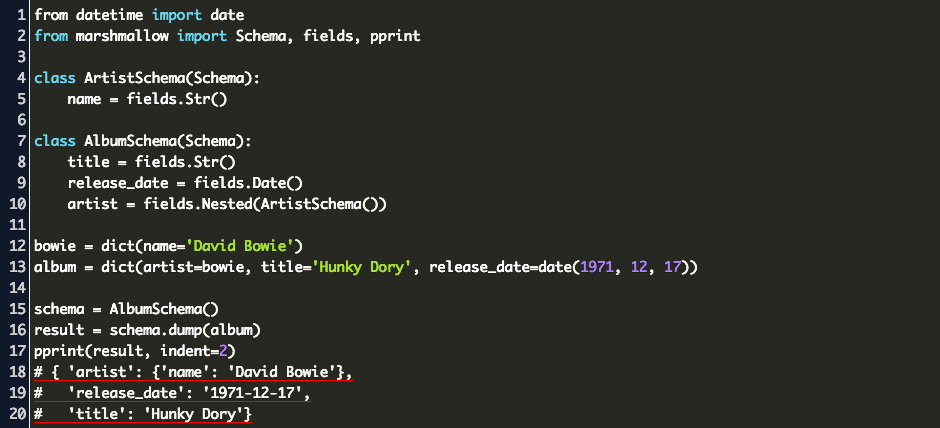

You may notice that the JSON file does not look very nice in your output file. One to store as a JSON file and one to store as a JSON string respectively.Īlternatively, if you are working with the Pandas Dataframe and would like to export to JSON, you can use the to_json() method.ĭf.to_json(‘superheroes.json’) Pretty-Printing Similar to load() and loads() mentioned previously, the json library also has dump() and dumps(). If you open your superheroes.json file, it should now have Will Smith as the secret identity of Eternal Flame. JSON in Python Python has a built-in package called json, which can be used to work with JSON data. Note This module’s encoders and decoders preserve input and output order by default. This module can thus also be used as a YAML serializer.

JSON is text, written with JavaScript object notation. The JSON produced by this module’s default settings (in particular, the default separators value) is also a subset of YAML 1.0 and 1.1. #update secret identity of Eternal Flame superHeroSquad = 'Will Smith' with open('superheroes.json', 'w') as file: json.dump(superHeroSquad, file) JSON is a syntax for storing and exchanging data. We use the method json.dump() to write to the file. Let’s make a quick edit to the missing secret identity of our last superhero, Eternal Flame, from “Unknown” to “Will Smith” and then export our superHeroSquad dictionary back to the JSON file.
#Json query in python3 code
Feel free to share your code in the comments below. Go ahead and try accessing those values as individual exercises. You might have noticed that I have highlighted two values in blue in the JSON snippet above. import pandas as pd df = pd.read_json(‘superheroes.json’)Ĭombining all of that together gives us this line of code below which returns the value “Jane Wilson”.

First load the json data with Pandas readjson method, then it’s loaded into a Pandas DataFrame.
#Json query in python3 how to
In this post, you will learn how to do that with Python. You can do this for URLS, files, compressed files and anything that’s in json format. Use the method read_json() if you would like to transform the JSON file to a Pandas Dataframe. Read json string files in pandas readjson(). Example 2: Loading JSON to Pandas Dataframe Step 4: Convert item from json to python using load. Step 3: Read the json file using open () and store the information in file variable. Step 2: Create empty python list with the name lineByLine. If you want to dump it to a string, just use json.dumps (): json.dumps (myquerydict) There is also a relevant dict () method: QueryDict. In this section, we will see how to read json file by line in Python and keep on storing it in an empty python list. You can think of the extra ‘s’ in loads() as “load for strings”. QueryDict class is a subclass of regular Python dictionary, except that it handles multiple values for a same key (see MultiValueDict implementation ). Both do the same thing, but loads() is to create a Python object from a JSON string whereas load() is to create a Python object from a JSON file. One thing of note is that the json library has both load() and loads(). import json with open('superheroes.json') as f: superHeroSquad = json.load(f) type(superHeroSquad) # Output: dict superHeroSquad.keys() # Output: dict_keys() It is an array data type consisting of attribute-value pairs. JSON (JavaScript Object Notation) is a lightweight, open standard file format. In this article, you will learn a simple process to convert MySQL query result to JSON using Python programming. That’s it! You now have a Python dictionary from your JSON file. How to convert MySQL query result to JSON in Python. We use the function open to read the JSON file and then the method json.load() to parse the JSON string into a Python dictionary called superHeroSquad. Save the file as a JSON file named superheroes.Įxample 1: Loading JSON to Python dictionary.Queries related to how to get json files from url with python 3. Right click on the page and select Save As. import urllib, json url put url here response (url) data.

Below are several examples of how to parse JSON files into a Python object.īefore we get started, if you would like to follow along with the examples: And, the default value of sort_keys is False.Python conveniently has built in functions to help read JSON files. And, the keys are sorted in ascending order.īy the way, the default value of indent is None. In the above program, we have used 4 spaces for indentation. When you run the program, the output will be: Print(json.dumps(person_dict, indent = 4, sort_keys=True)) It's common to transmit and receive data between a server and web application in JSON format. JSON ( Java Script Object Notation) is a popular data format used for representing structured data.


 0 kommentar(er)
0 kommentar(er)
